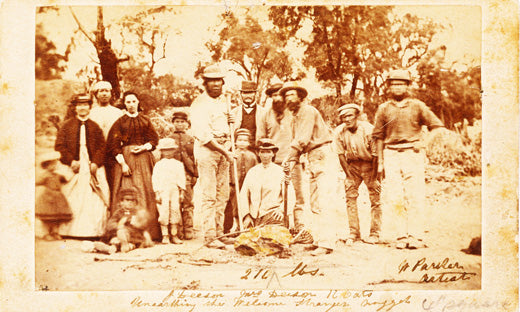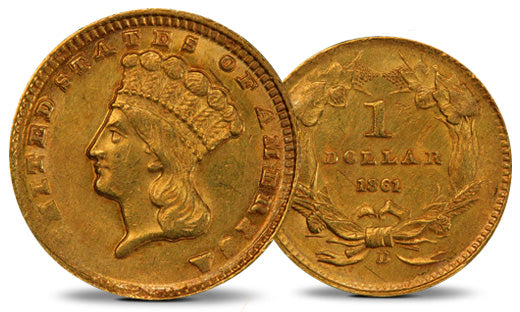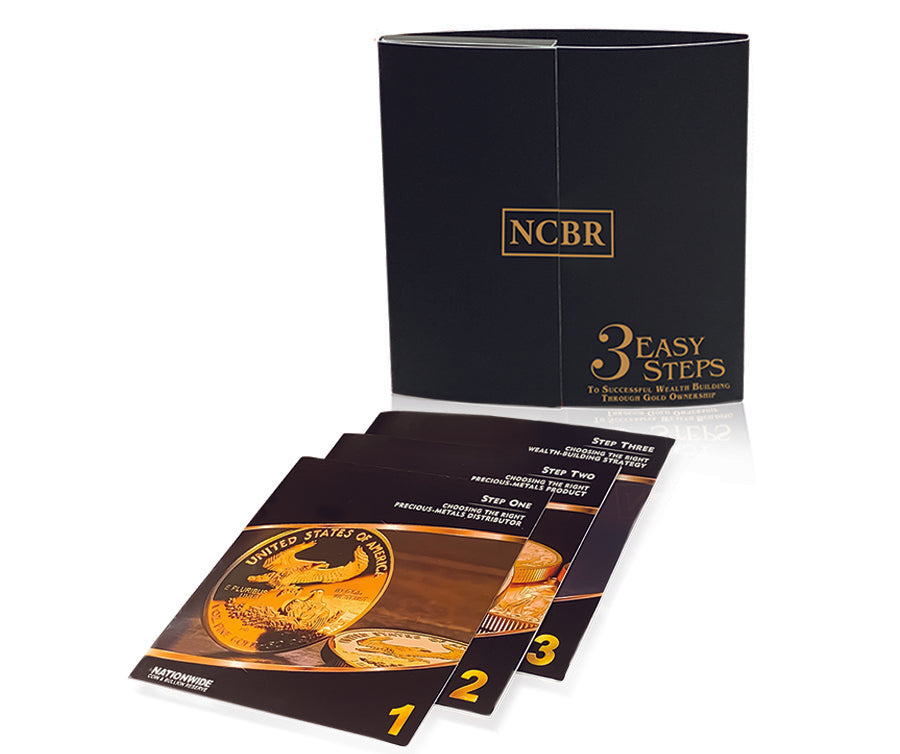In the late 1820s, stories of gold nugget discoveries began circulating around Georgia. On August 1, 1829, the Georgia Journal published a report from “a gentleman of the first respectability in Habersham County” who announced, “Two gold mines have just been discovered in this county, and preparations are making to bring these hidden treasures of the earth to use.” The Georgia gold rush was on!
Prospectors rushed to Northern Georgia, particularly present-day Lumpkin County. The county seat, Licklog, was transformed into a boomtown and renamed Dahlonega, after the Cherokee word talonega, which meant yellow or golden.
Until the gold rush, Northern Georgia was a sleepy region with very limited circulating currency, so merchants would take payment in gold—and it was they who determined its worth.
Miners needed a local mint where they could have their gold assayed and exchanged for gold coins. Consequently, in 1835 Congress authorized the creation of a branch mint at Dahlonega which began production in 1838. During the next 23 years, the Dahlonega Mint coined nearly 1.5 million gold coins—gold dollars, $5 gold half eagles, and $2.50 quarter eagles—with a total face value of more than $6 million. For one year, in 1854, Dahlonega also produced a $3 Indian princess gold coin. All the coins were produced with a “D” mint mark, the mark used today by the Denver mint. Shortly after the outbreak of the Civil War in 1861, the mint shut down.
Gold coins that have survived from the Dahlonega Mint are very rare, and those in mint condition are rarer still, making them among the more sought-after American gold coins.
Real Time Precious Metals Data Below








